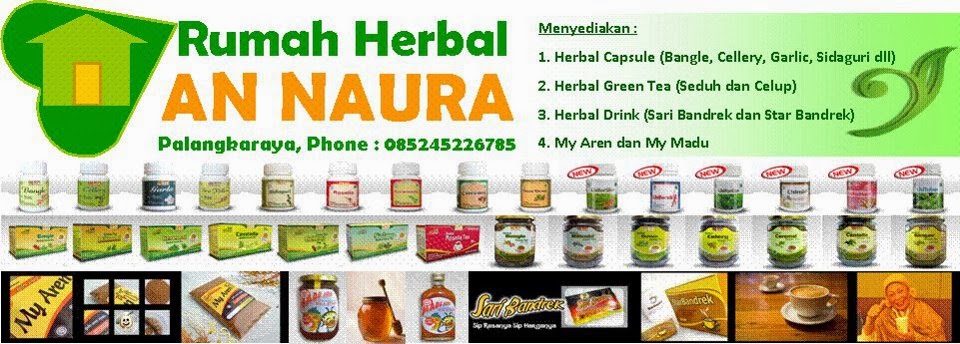Oil extracted from the seeds of hibiscus plants is rich in linoleic and oleic fatty acids, and could offer interesting applications for industry, says new research from Spain.
"The presence of C19;1 and the C17:1 in vegetable oils is very unusual," wrote the authors from the Andalusia Institute of Biotechnology. "These fatty acids were detected in phospholipids isolated from marine bacteria.
"This characteristic linoleic-oleic fatty acid profile makes roselle[Hibiscus sabdariffa L.] seed oil very useful in some industrial applications like hydrogenation, butter production, and other applications in the food industry," they stated.
Hibiscus extracts are already used by the food industry to give colour and flavour to beverages. The extract, from the flower of the plant, contains many of the same antioxidant compounds as red wine, including flavonoids, polyphenols and anthocyanins, shown in research to prevent the oxidation of low-density lipoproteins (LDL), or 'bad' cholesterol.
The new research, published in the Journal of Food Science, adds to the list of potential uses of this under exploited plant. Indeed, according to the Spanish researchers the seeds could provide a good source of lipid-soluble gamma-tocopherol, one of the eight versions of vitamin E and a potent antioxidant.
Oil from hibiscus seeds was extracted and characterised using gas chromatography according to the EU official method and found to belong to the linoleic/oleic category.
The oil content of the seeds was quantified at 19 per cent, with 74 per cent of this being unsaturated fatty acids. Amongst these, linoleic acid (C18:2) was found to be the most abundant (40.1 per cent), followed by oleic acid (C18:1, 29 per cent), palmitic acid (C16:0, 20 per cent ), and stearic acid (C18:0).
The oil was also found to contain several 'heart-healthy' compounds including beta-sitosterol, and campesterol, and contained only small amounts of cholesterol (1.35 per cent).
"The seeds of roselle, which at the moment do not have any economic application, are a source of a vegetable oil that is low-cholesterol and rich in other phytosterols and tocopherols, particularly beta-sistosterol and gamma-tocopherol," concluded the researchers.
"The global characteristics of roselle seed oil allow important industrial applications for this oil. These characteristics represent an added value for the culture of this plant."
According to the FAO, China and Thailand are the largest producers of Roselle and control much of the world supply, with Thai products reported to be of superior quality.
The world's best roselle is reported to come from the Sudan, but exploitation is handicapped by low yields and poor processing. Virtually all of Sudan's production is reported to be exported to Germany.
Source: Journal of Food Science
Volume 72, Number 3, Pages S207-S211
"Roselle (Hibiscus sabdariffa) seed oil is a rich source of gamma-tocopherol"
Authors: R. Mohamed, J. Fernandez, M. Pineda, M. Aguilar

Tidak ada komentar:
Posting Komentar